A powerful coalition of companies and organisations, from all corners of the globe, and with a collective market value exceeding $12 trillion, have issued a resounding call to world leaders.
Their open letter demands a bold commitment: tripling renewable energy capacity to 11,000GW by 2030, a vital target that they aim to see agreed upon at COP28 later this year.
The call for action represents a broad spectrum of energy sector stakeholders, including international governmental organisations, energy producers, consumers, supply chain participants, civil societies, environmental groups, and young advocates.
Notably, about half of the signatories come from regions like Asia-Pacific, Africa, and Latin America.
What unifies the group is the shared belief in the potential benefits of tripling global renewable power capacity by 2030, and they recognise COP28 as a significant opportunity for world leaders to translate their goals into concrete actions, aimed at staying on track with the 1.5°C pathway.
____________________
Related reading:
Renewable Energy: linchpin for job creation AND decarbonisation
____________________
The 2023 report from the International Renewable Energy Agency is clear: we’ve got to make some big changes in this decade if we want to keep global warming within a safe limit of 1.5°C. To do that, we need to triple the world’s renewable energy capacity by 2030, reaching at least 11,000 GW, whilst also aiming to double our energy efficiency efforts.

The 2023 report from the International Renewable Energy Agency confirms the big changes needed this decade if we want to keep global warming within a safe limit of 1.5°C and reduce the increase of severe weather (see pic of York floods in 2020 U.K.). To do that, we need to triple the world’s renewable energy capacity by 2030
This means we’ve got to invest around $4 trillion every year in things like wind, solar, hydrogen, and other renewable energy sources. These are the building block investments for further sustainable technologies such as clean hydrogen, and long-lasting energy storage, which we’ll need even more after 2030.
“A step change this decade in renewable energy growth, combined with an increase in energy efficiency, will be the fastest and most cost-efficient way to decarbonise the global economy. It is one of the most impactful commitments that the global community can undertake now to secure a liveable future for all.” So says the open letter, spearheaded by the Global Renewables Alliance.
Included in the list of key contributors, backers, and endorsers of the letter are the Global Renewables Alliance members, IRENA, the COP28 Presidency, UNIDO, The Nature Conservancy, the Climate Group, American Clean Power, RE100, WBCSD, We Mean Business, REN21, RMI and corporate entities including Adani, AES, Amazon, Apple, CIP, CEPSA, Corio, DNV, ERM, EY, GCL, Google, Huawei, Microsoft, Ørsted, PepsiCo, ReNew, SSE, TES, Unilever and Vestas.
When you tally up the market value of the publicly listed signatories, we’re looking at a substantial collective value of $12 trillion. To put that impressive figure into perspective, it’s on par with the combined economic output of three major global players: Japan, India, and Germany.
This isn’t just a numerical coincidence; it’s a testament to the immense influence these signatories command on the world’s economic stage. Their financial clout holds the power to shape industries, steer governmental policies, and fuel ground-breaking innovations that have a sweeping impact across the globe. These signatories are more than just names; they are dynamic drivers of change.
To learn more about Ryze, click here.






